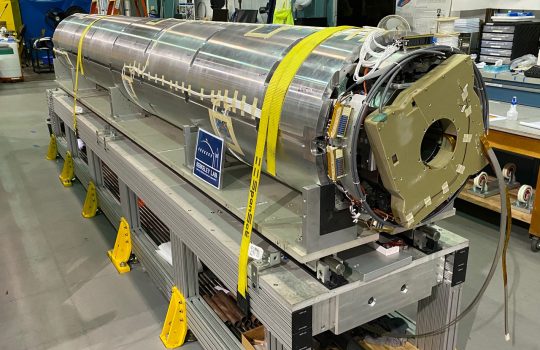DOE to provide $6 million for U.S.-Japan cooperative research in high energy physics
From the US Department of Energy, October 29, 2021: The US DOE announced $6 million for collaborative research in high energy physics that involves substantial collaboration with Japanese investigators. Research supported under this initiative is expected to include experimental work at DOE’s Fermi National Accelerator Laboratory and at the Japan Proton Accelerator Research Complex (J-PARC) in Japan, as well as the study of rare particles produced at the SuperKEKB collider at the High Energy Accelerator Research Organization (KEK) in Japan.


